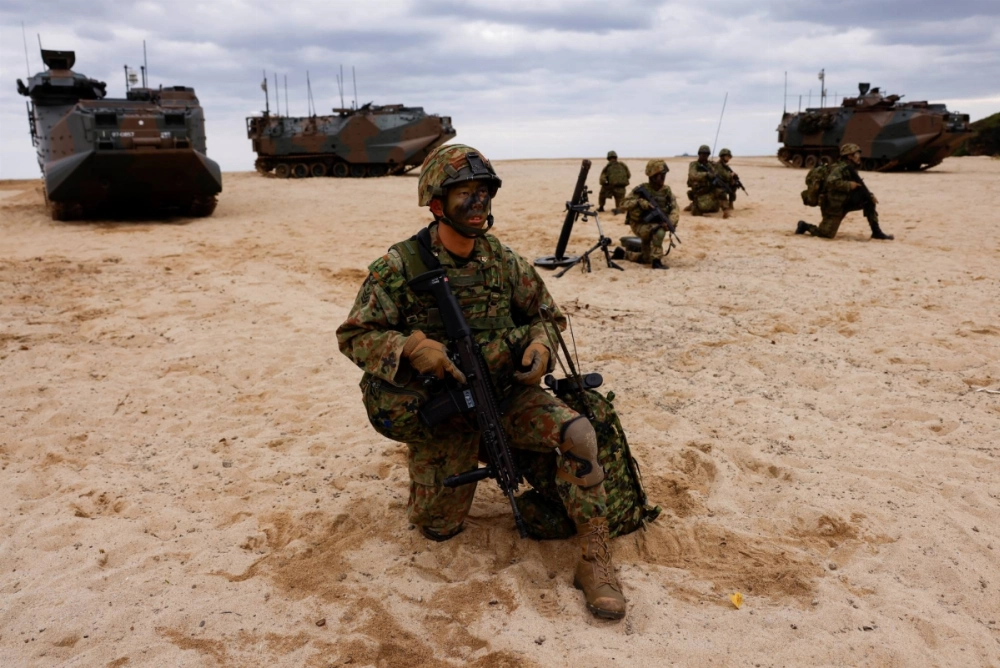Japan will regularly deploy the Ground Self-Defense Force’s marine unit to Australia, the two countries’ defense chiefs said Sunday, in a boost for trilateral cooperation alongside Washington that is intended to send a strong signal of deterrence to China and North Korea.
The announcement that Japan would regularly deploy the GSDF’s elite Amphibious Rapid Deployment Brigade to Australia came during a joint news conference following a trilateral meeting of the U.S., Japanese and Australian defense ministers in Darwin, the capital of Australia’s Northern Territory, on Sunday.
The U.S. military maintains a Marine Rotational Force, a unit that regularly rotates in and out of the region as part of a broader defense cooperation, in Darwin. Around 2,000 U.S. Marines and sailors are stationed in the city for half of the year amid mounting concerns in Washington and among allies over China's growing military assertiveness in the Indo-Pacific region.

















With your current subscription plan you can comment on stories. However, before writing your first comment, please create a display name in the Profile section of your subscriber account page.